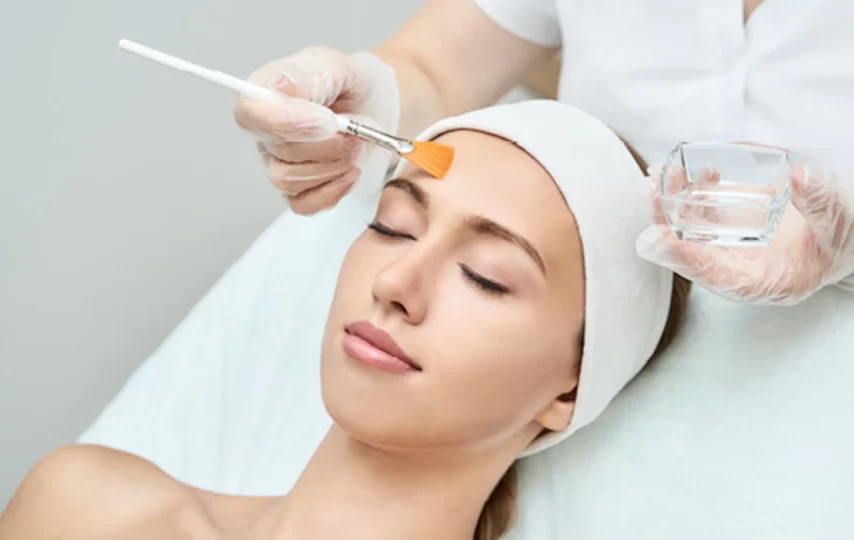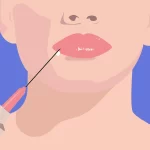In recent years, there has been a significant advancement in cosmetic procedures. One such treatment is chemical peels. They have evolved so much that they are now suitable for even sensitive skin. Chemical peels can successfully address various skin concerns like acne scars, hyperpigmentation, wrinkles and fine lines. When planning to undergo the treatment, there are various factors that we take into account, like chemical peels cost, skin concerns and the number of treatments required. Following are the popular chemical peel treatments you can choose from.
Glycolic Acid
Derived from sugar cane, this chemical has a small molecular structure which allows it to easily penetrate the top layers of the skin. It is an exfoliating acid which efficiently clears the pores from hardened oil, cell debris and trapped bacteria. This chemical peel is an excellent option for clearing whiteheads and lightening post-inflammatory hyperpigmentation. It is suggested to keep a gap of 2 to 3 weeks between the treatments. You will begin to see the results within the first month.
Salicylic Acid
It is a beta-hydroxy acid which is extracted from the willow tree. This acid has anti-inflammatory properties naturally present. Salicylic Acid peel is a great option for those with red, inflamed pimples and papules. It is excellent for dehydrated and sensitive skin. However, if allergic to aspirin you should avoid this chemical peel.
Kojic Acid
Kojic Acid is the by-product of the fermentation process of Japanese Sake. This chemical peel inhibits the overproduction of melanin which causes intense skin lightening. To decrease the presence of free radicals, Kojic Acid chemical peel also includes Vitamin C. This also helps to heal and repair the damaged skin.
Mandelic Acid
An aromatic AHA, mandelic acid is derived from bitter almonds. The molecular structure of the acid is larger than glycolic acid. This makes the chemical peel gentle, but despite that, it is highly effective in targeting fine lines. A mandelic Acid chemical peel can decrease melasma by 50% in about 4 weeks. When paired with Kojic and Salicylic acid, it can target acne vulgaris and hyperpigmentation.
Retinoic Acid
Retinoic Acid, also known as tretinoin, is an active Vitamin A. this acid targets the ageing skin cell and helps reveal fresh baby skin. It happens because the chemical peel helps to stimulate collagen and elastin production in the deep layers. Normalization of the keratin cells takes place as there is a constant cell turnover. With time, the skin begins looking younger and becomes resilient to damage.
Lactic Acid
Derived from dairy, lactic acid is an alpha hydroxy acid with various skin benefits. It is suitable for sensitive skin types as it can be used in small concentrations for a longer period. It can also be used in higher percentages for stronger exfoliation. This chemical peel is an excellent option for targeting freckles and superficial acne scars. If suffering from keratosis pilaris, which is present on the back of the arms, you should consider lactic acid peels.













